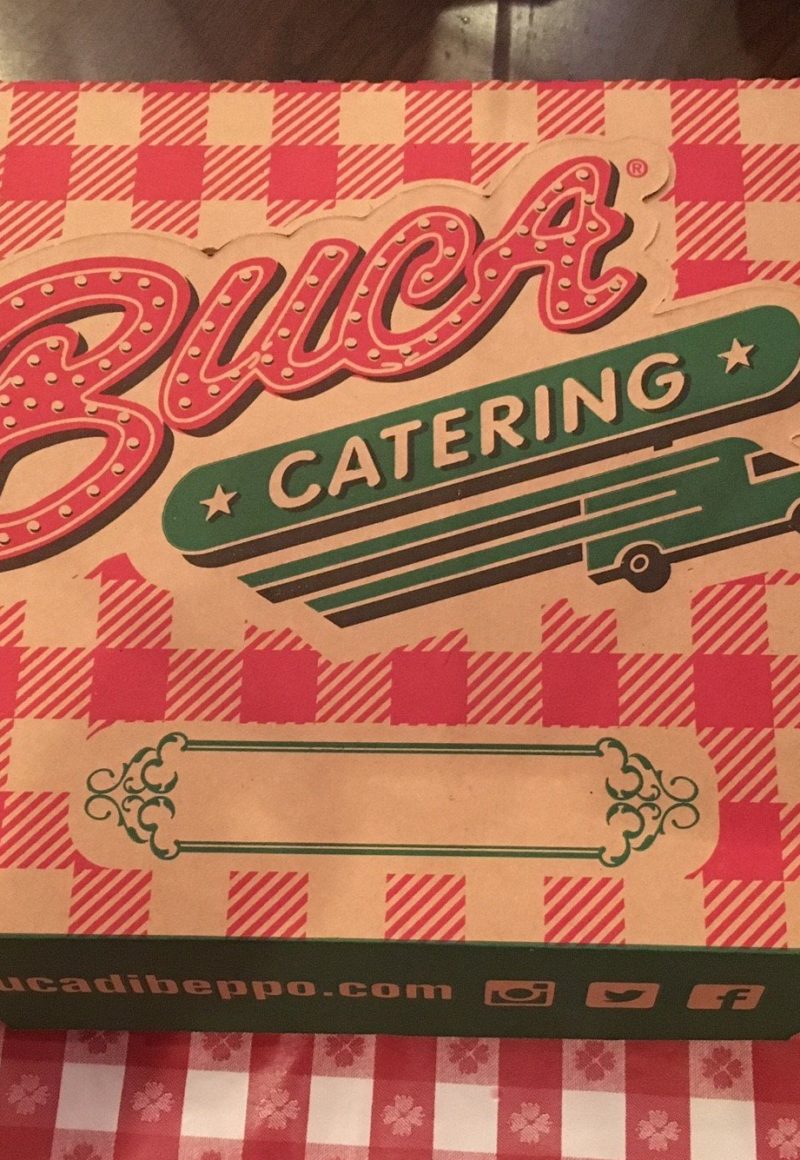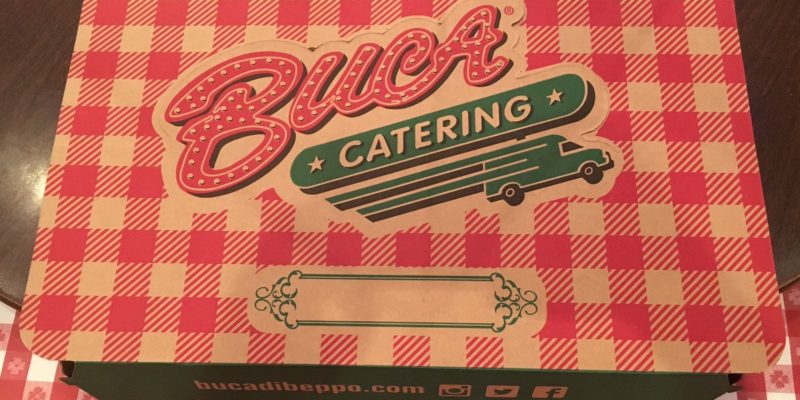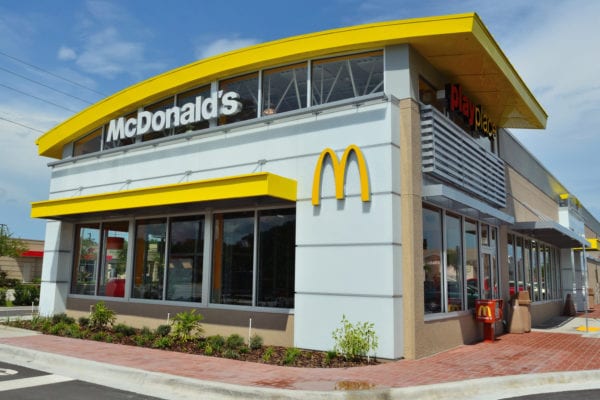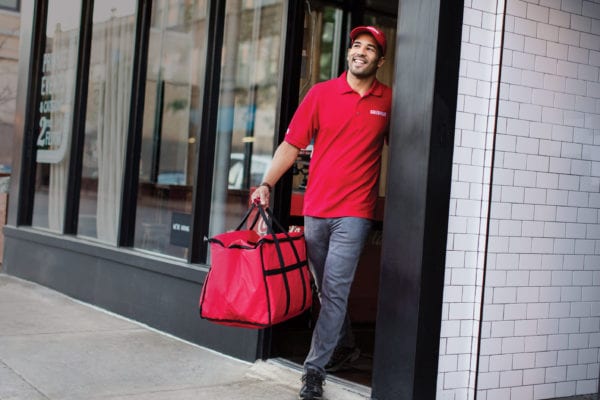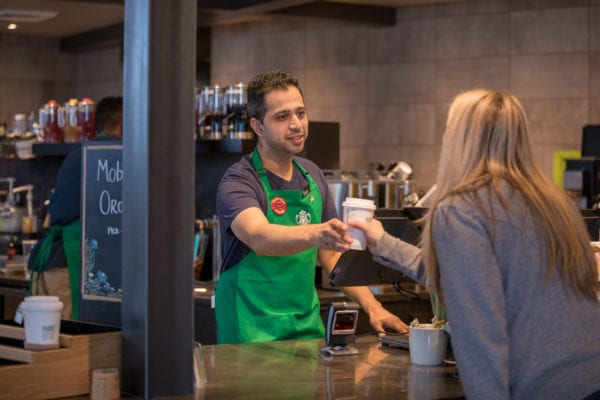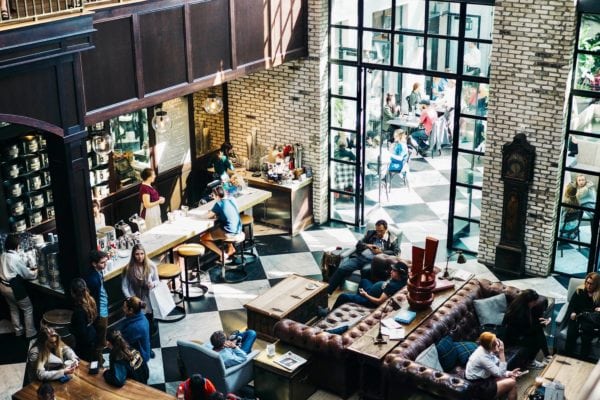Skift Take
This move is part of the larger trend of restaurant software companies streamlining and consolidating product offerings. With fewer systems, there's less room for error. Expect much more news like this.
— Kristen Hawley
Two interesting things happened in the delivery space last week while I was head-down in Skift Global Forum preparation (thanks, Danny and René for making it amazing!). Amazon announced a partnership with tech company Olo, and UberEats got some attention in the New York Times.
Now that Uber has a new CEO, the company’s direction will likely shift, and according to the Times, UberEats is poised to be a large part of a successful Uber. (ICYMI, Skift Table took its own look at UberEats’ restaurant product a few months ago.) Uber’s food delivery business is profitable in about a quarter of the cities it operates in, which means that business model is likely very attractive as the company works toward an eventual IPO. Plus, UberEats’ exclusive work with McDonalds is a huge boon for its business, with some 3,500 on the platform.
The Amazon-Olo deal is also big news, because, Amazon. Olo is a digital ordering platform used by over 200 restaurant brands. It’s not consumer-facing; restaurants build their apps on top of Olo’s technology — so Olo powers digital ordering at places like Shake Shack and Applebee’s. By partnering with Amazon, Olo customers can now opt in to Amazon’s restaurant delivery service without having to install another ordering platform or app or any other change to the way they’re already handling orders. When the partnership was announced, Buca di Beppo was the only restaurant that said it would definitely use Amazon delivery, but expect others to follow suit.
Also important to note: there’s nothing keeping any given restaurant from offering delivery via any number of channels; it’s not like they have to choose Amazon over Uber or GrubHub — they can use them all. The arms race here is for integrating technology at scale. When the ordering platform talks to the point-of-sale system which talks to the kitchen display system, which talks to the delivery drivers, the entire experience gets a lot easier — and a restaurant doesn’t need five different iPads at its host stand. So, even the tiniest integration can mean big changes to a restaurant’s flow, and ultimately its output.
This article originally appeared in the October 2, 2017 Skift Table newsletter. Subscribe to get the latest news and insight in your inbox.

